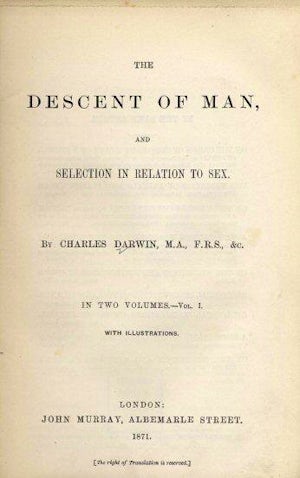September 15, 1935 The Nuremberg Race Laws were actually comprised of two separate pieces of legislation: The Law for the Protection of German Blood and German Honor, and The Reich Citizenship Law. The former law made a sharp distinction between “Germans” and “Jews,” forbidding intermarriage and sexual relations between members of these groups. The second stripped German Jews of their citizenship, by defining a Reich citizen as a “subject of the state who is of German or related blood,” a definition which excluded individuals of Jewish descent. In the following years, 13 supplementary laws were passed that further marginalized the Jewish community.
On November 14, 1935 a supplement to the Nuremberg Laws was issued, defining three different categories of “Jew”:
1) An individual with three or more Jewish grandparents was classified as a full Jew.
2) An individual with two Jewish grandparents was considered a “Mischling of the first degree,” or a half-Jew. This category was further broken down into sub-groups:
a) First degree Mischlinge who were married to a Jew or were members of the Jewish community were referred to as Geltungsjuden. They were treated as full Jews, and were subject to the full extent of the Nuremberg Race Laws: they were stripped of their German citizenship, and prohibited from marrying or having sexual relations with German citizens.
b) First degree Mischlinge who were baptized into the Protestant or Catholic tradition were known simply as Mischlinge. Under the original Nuremberg Laws there were permitted to keep their German citizenship, though this was later changed and members of this group were treated like Geltungsjuden.
3) Someone with one Jewish grandparent was considered a “Mischling of the second degree,” or a quarter-Jew. They were permitted to keep their German citizenship, but later laws created barriers for them in the workplace and educational establishments.
The Nuremberg Race Laws were largely motivated by a Nazi racial ideology that was grounded in scientific racism and theories of eugenics. It was assumed that inter-marriage between the superior Master race of the Nordic German and the inferior races (Jews and Gypsies) would be detrimental to racial health; hence the need for racial hygiene.
-Erna Kurbegovic & Caroline Lyster
The Nuremberg Race Laws. (n.d.). Neither Black Nor White: Intermarried Jews and Mischlinge during the Third Reich. Retrieved from http://www.owlnet.rice.edu/~rar4619/nuremburg.html.
The Nuremberg Laws: Background & Overview. (2008). Jewish Virtual Library. Retrieved from http://www.jewishvirtuallibrary.org/jsource/Holocaust/nurlaws.html.
Nuremberg Laws. (n.d.). Wikipedia. Retrieved from http://en.wikipedia.org/wiki/Nuremberg_Laws.
Nuremberg race laws imposed. (2015). This Day in History. Retrieved from http://www.history.com/this-day-in-history/nuremberg-race-laws-imposed.
 1869:
Galton publishes Hereditary Genius
1869:
Galton publishes Hereditary Genius
 1871:
Charles Darwin publishes The Descent of Man
1871:
Charles Darwin publishes The Descent of Man